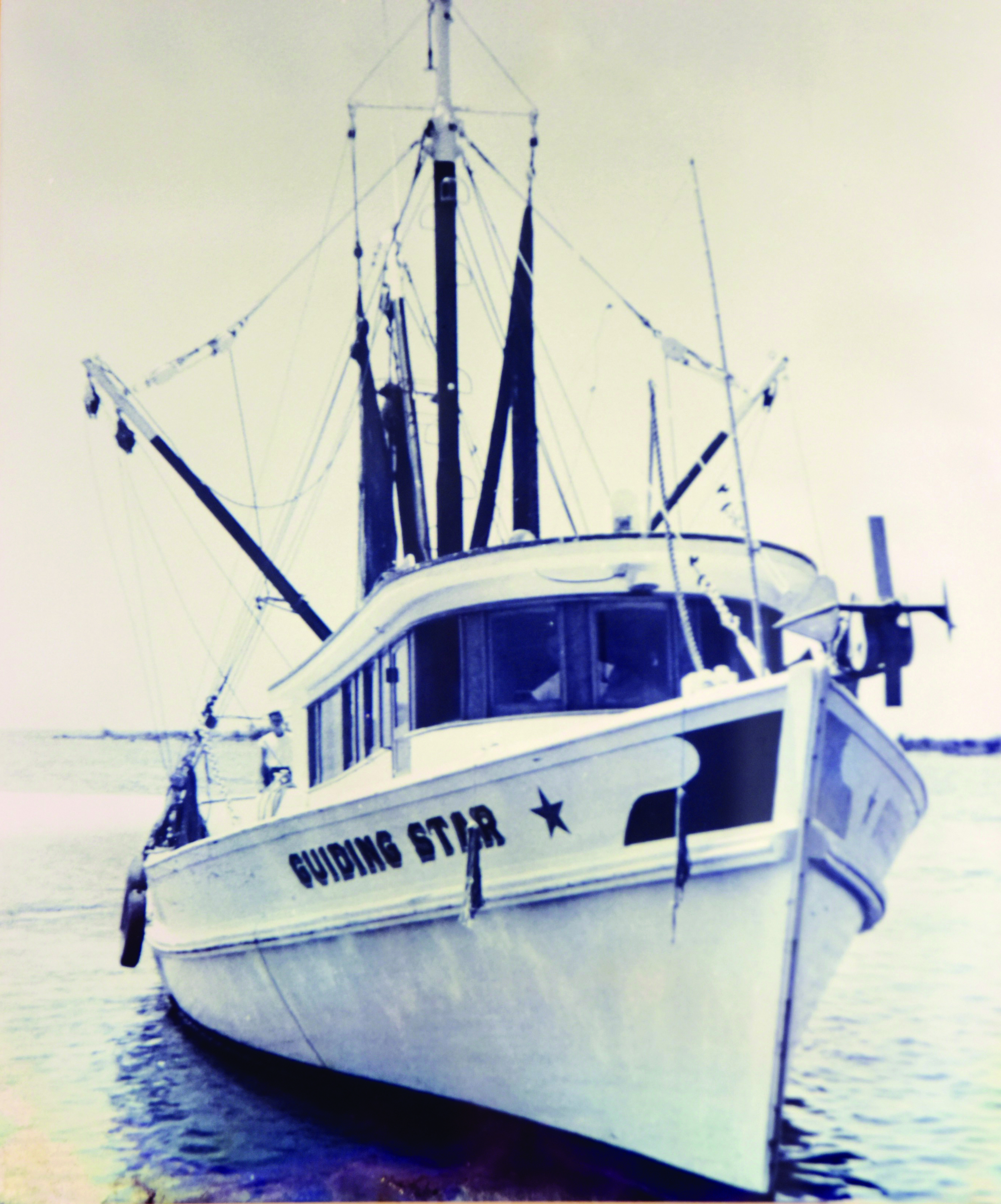Just before we flipped the calendar over to the year 2020, I hoped that like its name, this year would give us a clear vision of where we’ve been and where we want to go. The year’s unpredictable circumstances have added complexities to the uphill battles many of our independent fishermen were already facing. I still believe in the clarity that comes from surviving hardship. But I also know everyone has a breaking point. Being able to pass the baton is the only insurance for a future.
Our annual Highliner awards put the spotlight on industry leaders, pioneers and advocates who have endured the inherent hardships that go hand in hand with this industry. These awards give us an opportunity to recognize the people who have picked up the baton knowing there’s no finish line.
The 2020 class of Highliners exemplifies dexterity, tenacity and endurance. Though the troughs may feel dangerously deep, their bows keep finding the crest of the next wave, and it is my honor to call attention to the work they’ve done. This year’s Highliners represent U.S. fishing communities on the East and Gulf coasts — Bonnie Brady of Montauk, N.Y.; Jerry Fraser of Wells, Maine; and Frank Patti Sr., of Pensacola, Fla.
Find links to the full profiles of these industry leaders and their well-deserved accolades on our feature intro.
As I was searching through our bound volumes of NF archives to write Fishing Back When and Flashback Friday, I came across a commentary on fish sticks from then-NF Editor Dave Getchell. Apparently, a 1970 Consumer Reports publication followed up a scathing 1961 report on the quality of fish sticks. The 1970 report “wasn’t much improved,” according to Getchell.
“Some of the fish sticks are produced under voluntary USDI inspection, but this doesn’t guarantee quality as the testers found out to their dismay. Handling at sea and in the market leave much to be desired and are important factors in the taste, good or bad, of the fish on the table.
“Other CU tests have found similar poor quality in shrimp products, and FDA inspectors regularly seize seafood products that are misbranded, contaminated, short-weighted or otherwise subpar.”
“What is needed is a federal fish inspection law with guts, a concerted effort by everyone from the fisherman through the grocer to give fish the loving care it needs and an industry-wide willingness to work together. Anything less means real trouble.” (See the rest of our look back in the November issue's Fishing Back When page and our Flashback Friday highlights on this site.)
The U.S. fishing and seafood industries have come far since 1970. But what Getchell may not have foreseen is that when you raise the bar for U.S. products, you open the door for cheap replacements. Improving quality to create a more refined product leaves an opening for the bargain basement of seafood. We also need standards for imports that come close to the baseline for our domestic industry and consumer outreach to ensure a strong market for quality seafood.
The good news for the Alaska pollock fleet is that what is old is new again. Our North Pacific Bureau Chief Charlie Ess covers the rebound of fish sticks in the pandemic marketplace in the Alaska fleet market report. There is some good news to be found these days. The classics always come back around.







